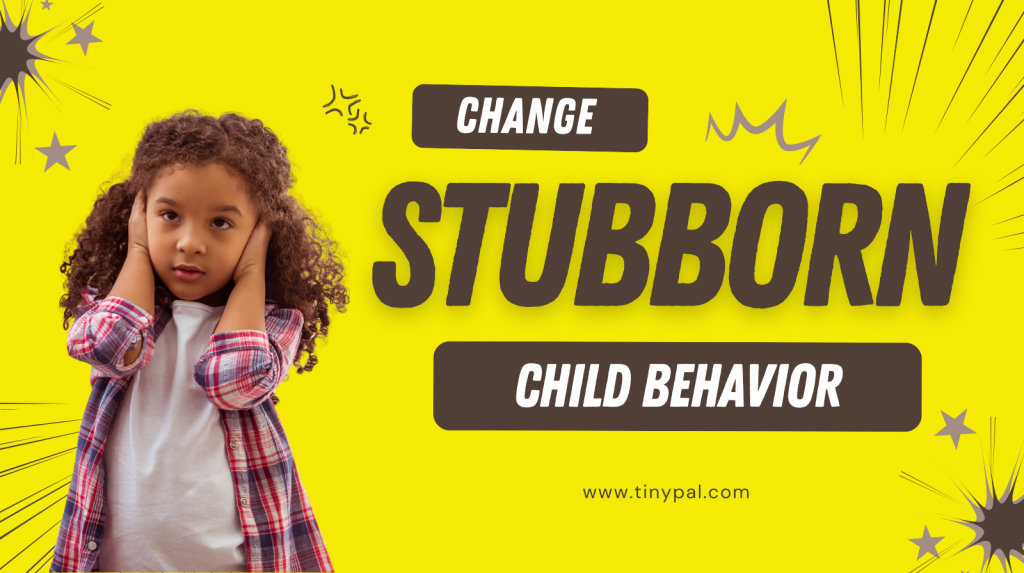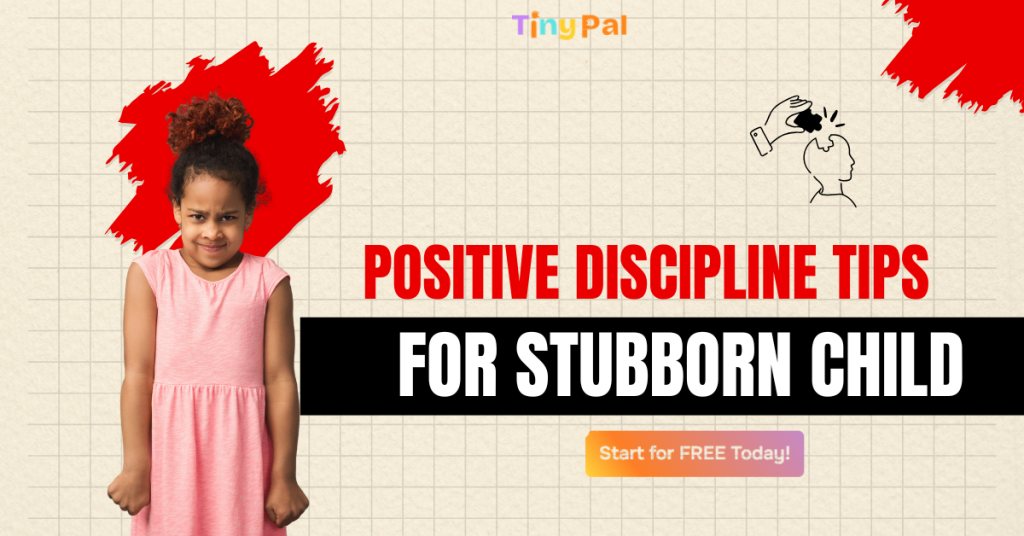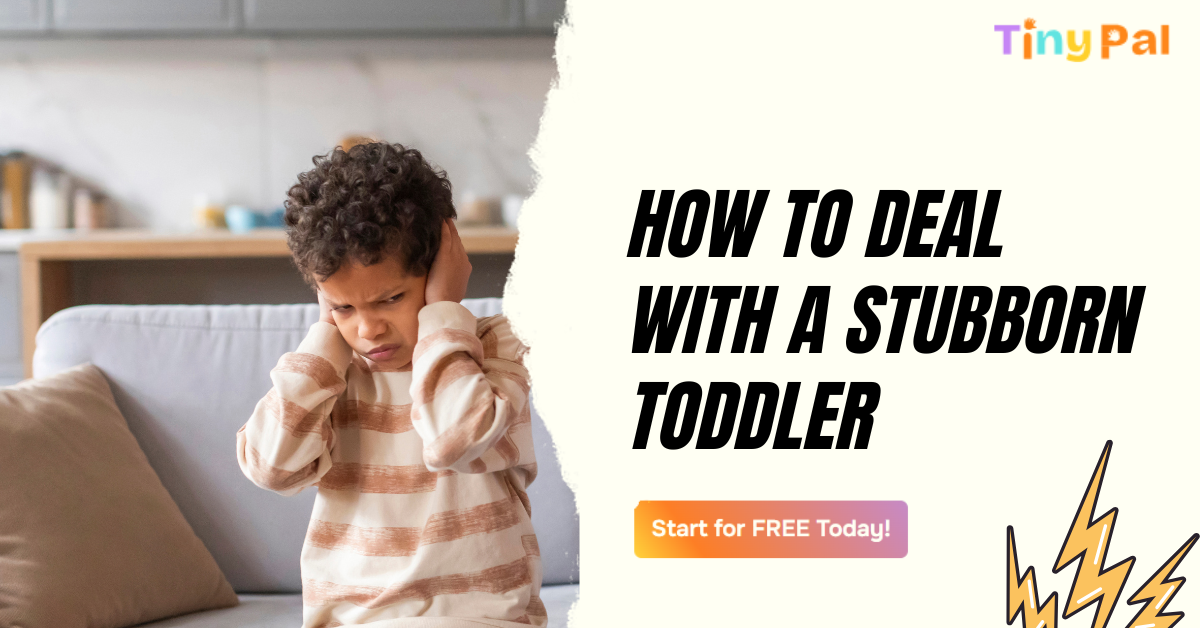Table of Contents
How to Deal with a Stubborn Toddler (Without Losing Your Patience)
Dinner is ready.
You set down the plate, and before you’ve even turned away, your toddler crosses their arms, scowls, and declares: “I’m not eating that.”
Fifteen minutes later, the food is cold, your toddler is screaming, and you’re stuck in yet another stubborn debate at the table.
Sound familiar?
Here’s the truth: toddlers aren’t stubborn just to push your buttons. They’re in the middle of a massive growth spurt in independence. What feels like endless resistance is really their way of asking:
“How much control do I have in this world?”
And while the pushback is exhausting, handled wisely, it becomes the foundation for confidence and persistence later in life.

Why Toddlers Dig Their Heels In
Stubbornness in toddlers isn’t random. It’s rooted in their development:
- They want control. Saying “no” is the quickest way to feel powerful.
- They’re testing limits. Refusals help them figure out where boundaries lie.
- They crave independence. Toddlers want to do things themselves — even when they can’t.
- They’re learning identity. Stubbornness is practice for becoming their own person.
Reframe it: stubbornness isn’t a flaw — it’s independence under construction.
Common Stubborn Toddler Battles (and How to Handle Them)
Mealtime Mess:
- Parent: “Eat your broccoli.”
- Toddler: “No!”
- Better: “Do you want two bites of broccoli before eating your rice, or after?”
Why it works: Choices give control within your boundary.
Getting Dressed:
- Parent: “Put on your socks.”
- Toddler: “No!”
- Better: “Which socks — stripes or stars?”
Why it works: The battle shifts from if to which.
Sharing Toys
- Parent: “Give it back now.”
- Toddler: “Mine!”
- Better: “You can play for two more minutes, then it’s your friend’s turn.”
Why it works: Sets a limit, but respects their attachment.
What to Do in the Moment
When stubbornness shows up, remember:
- Stay calm. Your calm sets the tone.
- Acknowledge feelings. “You really want to choose, don’t you?.”
- Offer two clear options. Not endless negotiation, just two good choices.
- Follow through consistently. Toddlers learn quickly that limits are flexible if you give in. Stay consistent with your boundaries.
How to Prevent Daily Power Struggles
- Use routines as anchors. Predictable mornings and bedtimes reduce resistance.
- Give mini jobs. Toddlers cooperate better when they feel useful: “Can you carry the spoon to the table?”
- Prep transitions. “Two more turns on the slide, then we go.”
- Notice cooperation. “Thanks for putting your shoes by the door.” Positive attention grows the behavior you want.

The Bigger Picture
Today’s stubborn “NO” is tomorrow’s persistence, leadership, and self-belief. The goal isn’t to crush a toddler’s will — it’s to guide it.
Handled with calm boundaries, your toddler learns:
- They have a voice.
- Limits still stand.
- Cooperation doesn’t mean losing independence.
And one day, the same determination that exhausts you now will be what helps them stick with hard tasks, solve problems, and stand up for what they believe in.
Every toddler’s stubborn streak looks a little different. That’s why the TinyPal Parenting App gives you personalized scripts and strategies for your child’s temperament — so daily battles turn into smoother routines.

FAQs
Q1. Should I give in when my toddler refuses after trying multiple times?
Not for truly big rules related to safety or respectful behaviour, but for small things, flexibility is fine. Pick your battles.
Q2. Is stubbornness normal at age 2–3?
Yes — it’s peak age for independence-seeking behavior.
Q3. How can I get my toddler to cooperate without bribing?
Use humor, offer two choices, and praise cooperation. Bribes backfire over time.Q4. When should I worry about stubbornness?
If it turns aggressive, disrupts daily life, or never eases with guidance, talk to a pediatrician or child psychologist.

